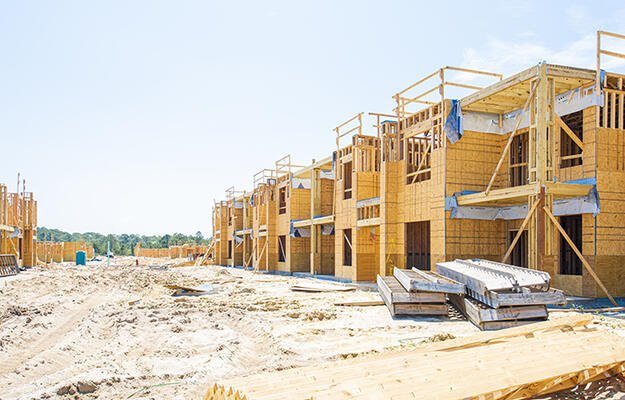
What Role Does Age Play in the Geography of Opportunity?
- Title:
- What Role Does Age Play in the Geography of Opportunity?
- Author:
-
George Galster, Anna Maria Santiago
- Source:
-
Housing Policy Debate
- Publication Date:
-
2017
Housing policymakers often grapple with the geography of opportunity, or the extent to which geographically determined socioeconomic, economic, and institutional factors affect outcomes and opportunities. Stemming from that theory, this study explores whether neighborhood effects on low-income minority children depend on their age. George Galster and Anna Maria Santiago looked at a sample of young adult, low-income African Americans and Latinos who spent a portion of their childhood in Denver, Colorado, public housing and assessed how their outcomes (including employment, education, fertility, and exposure to violence) as children and young adults related to indicators (socioeconomic, demographic, ethnic, and safety) of their childhood neighborhood and their age of exposure. As with their previous work, Galster and Santiago used data from retrospective family history surveys from Denver Housing Authority (DHA) households who lived in public housing in the City and County of Denver. The authors analyzed intent-to-treat and treatment-on-treatment models, the “treatment” being a bundle of neighborhood attributes that DHA housing offered. Most accepted the treatment, but some did not. The results imply that effective assisted housing policy can result in good education and economic development policy.
Key findings
- Being raised in a neighborhood where workers exhibit high occupational prestige provides benefits to all ages of low-income Latino and African American youth, but younger children benefit more.
- High household income during high school is associated with higher odds of working.
- Negative consequences of neighborhood crime are only manifested in teens.
- Low-income Latino and African American youths’ exposure to more Latino neighbors resulted in better grades and reduced odds of dropping out of school and having a child out of marriage. It reduced the odds of them taking on postsecondary education.
- These findings suggest that housing policies could change the spatial distribution of assisted housing units based on neighborhood characteristics, including crime rate, depending on the age of residents’ children. The findings also suggest that the age of children should play a role in determining which households on assisted housing waiting lists are assigned to certain neighborhoods.


